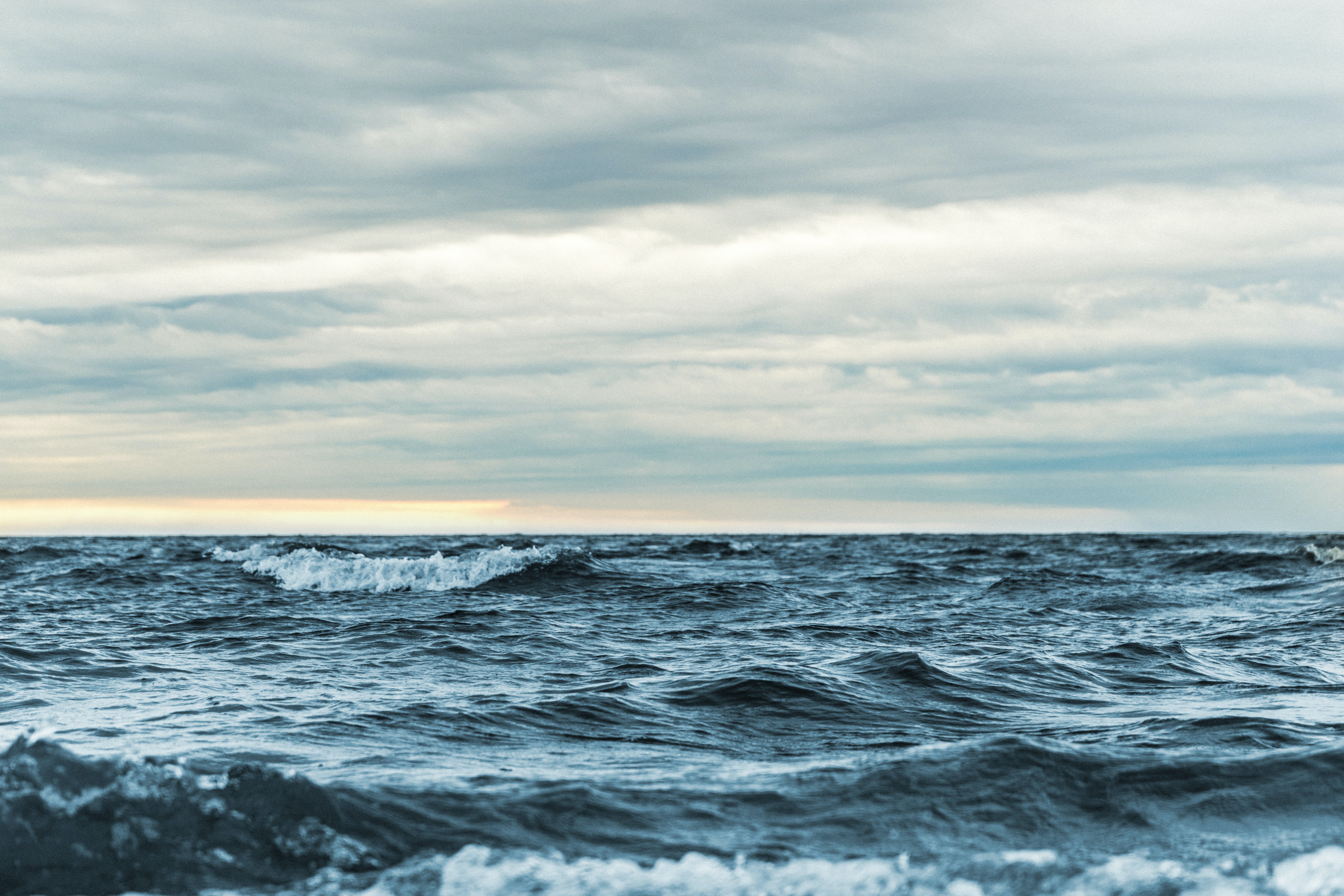About
Marine protected areas (MPAs) are well-established conservation tools that have been shown to confer resilience to a diversity of marine ecosystems in near-shore, coastal areas. However, little research has been conducted to evaluate how large-scale off-shore MPAs can be scaled, enforced, and innovatively designed to effectively protect marine biodiversity and ensure the long-term viability of economically valuable fish stocks. In addition, the effectiveness of existing MPAs is hindered globally by a lack of capacity for management, enforcement, and monitoring, and new insights regarding alternative paths to MPA implementation have not been thoroughly investigated. This is particularly true for “blue water” MPAs, which encompass large-scale, open ocean areas.
In partnership with Conservation International (CI), we are exploring a set of research questions related to blue water MPA design, implementation, and capacity improvements to help guide large-scale investments in ocean conservation.
